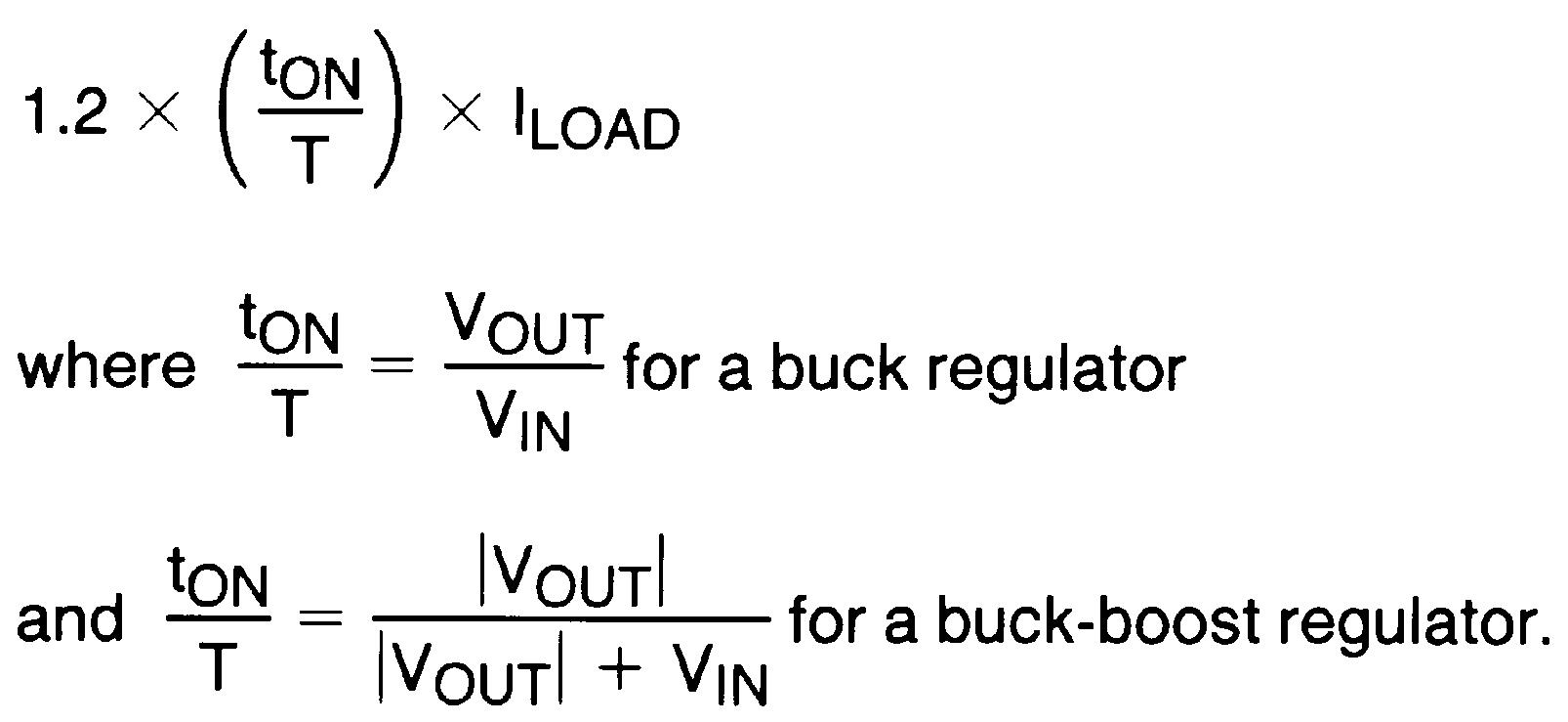General Description
The regulators of the LM2576 series are monolithic integrated circuits that perform all active operations. A step-down (buck) switching regulator capable of driving a 3A load with good line and load control is available in several versions. Fixed output voltages of 3.3V, 5V, 12V, and 15V, as well as an adjustable output version, are offered.
These regulators are easy to operate and incorporate internal frequency correction and a fixed-frequency oscillator, requiring only a few external components.

LM2576T-5.0 Series Features
• Only 4 external components are required.
• Capable of TTL shutdown and low-power standby mode.
• High efficiency and stability.
• Thermal and overcurrent protection.
• Built-in oscillator with a fixed frequency of 52 kHz.
• P+ product enhancement tested.
Instructions
Applications of LM2576 Series
As a high-efficiency switching regulator, the LM2576 series devices are useful for a simple step-down regulator, on-card switching regulator, positive to the negative converter, and more.
How to Use LM2576T-5.0
A buck-boost setup is shown in the diagram to create a negative 12V output from a positive input voltage. This design bootstraps the regulator's ground wire to the negative output voltage then detects the inverted output voltage and regulates it to 12V by grounding the feedback pin. The highest attainable output current in this setup is roughly 700 mA when the input voltage is 12V or higher. The minimum input voltage required reduces to around 4.7V for lesser loads.
Because the switch currents in this buck-boost design are greater than in a regular buck-mode design, the available output current is reduced. In addition, the buck-boost converter's start-up input current is larger than that of a typical buck-mode regulator, which may overload an input power supply with a current limit of less than 5A.
In addition, the absolute total of the input and output voltages appears across the regulator as the maximum voltage. The highest input voltage for the LM2576 for a 12V output is +28V or +48V for the LM2576HV.
Switchers Made Simple (version 3.0) is a design program that may be used to test the viability of regulator designs with various topologies, input-output parameters, components, and so on.
User Guidelines
The regulator input pin must be bypassed with at least a 100 F electrolytic capacitor to ensure stability. The leads of the capacitor must be kept short and close to the regulator.
The input capacitor value may need to be increased if the operating temperature range covers temperatures below 25°C. With decreasing temperatures and age, the capacitance value falls and the ESR increases in most electrolytic capacitors. At low temperatures, paralleling a ceramic or solid tantalum capacitor improves the regulator's stability. For maximum capacitor working lifespan the RMS ripple, current rating of the capacitor should be more than

An output capacitor is necessary for loop stability and to filter the output voltage. Short pc board traces should be used to connect the capacitor to the LM2576. Standard aluminum electrolytic is normally sufficient, but for low output ripple voltage and good stability, low ESR versions are suggested. The ESR of a capacitor is determined by several elements, including the value, voltage rating, physical size, and construction type. Electrolytic capacitors with a low value or low voltage (less than 12V) generally have a greater ESR.
Several regular electrolytic capacitors can be paralleled or a higher-grade capacitor can be used to minimize the output ripple voltage even further. "High-frequency," "low-inductance," and "low-ESR" are terms used to describe these capacitors. The output ripple will be reduced to 10 or 20 millivolts. When running in continuous mode, however, lowering the ESR below 0.03 might cause the regulator to become unstable.
(Summarized by Easybom)
 lin_marshall
lin_marshall
Discussions
Become a Hackaday.io Member
Create an account to leave a comment. Already have an account? Log In.